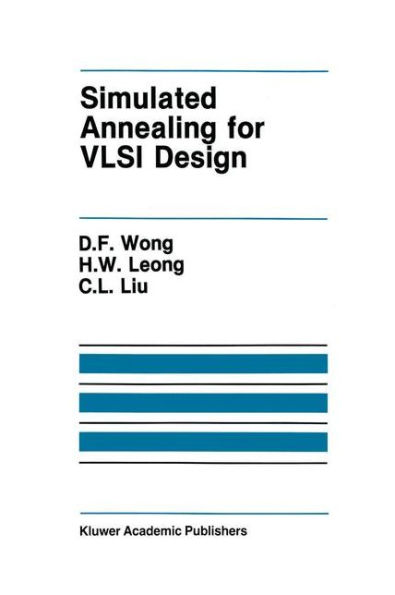5
1
9780898382563


Simulated Annealing for VLSI Design / Edition 1 available in Hardcover

Simulated Annealing for VLSI Design / Edition 1
- ISBN-10:
- 0898382564
- ISBN-13:
- 9780898382563
- Pub. Date:
- 03/31/1988
- Publisher:
- Springer US
- ISBN-10:
- 0898382564
- ISBN-13:
- 9780898382563
- Pub. Date:
- 03/31/1988
- Publisher:
- Springer US
109.99
In Stock

Product Details
| ISBN-13: | 9780898382563 |
|---|---|
| Publisher: | Springer US |
| Publication date: | 03/31/1988 |
| Series: | The Springer International Series in Engineering and Computer Science , #42 |
| Edition description: | 1988 |
| Pages: | 202 |
| Product dimensions: | 6.14(w) x 9.21(h) x 0.24(d) |
From the B&N Reads Blog
